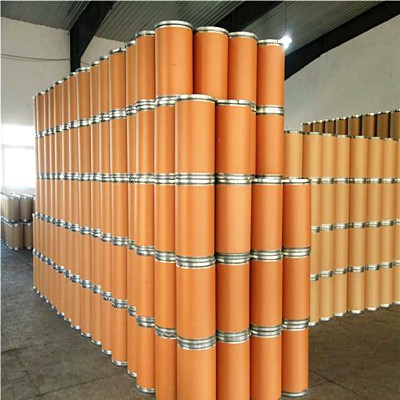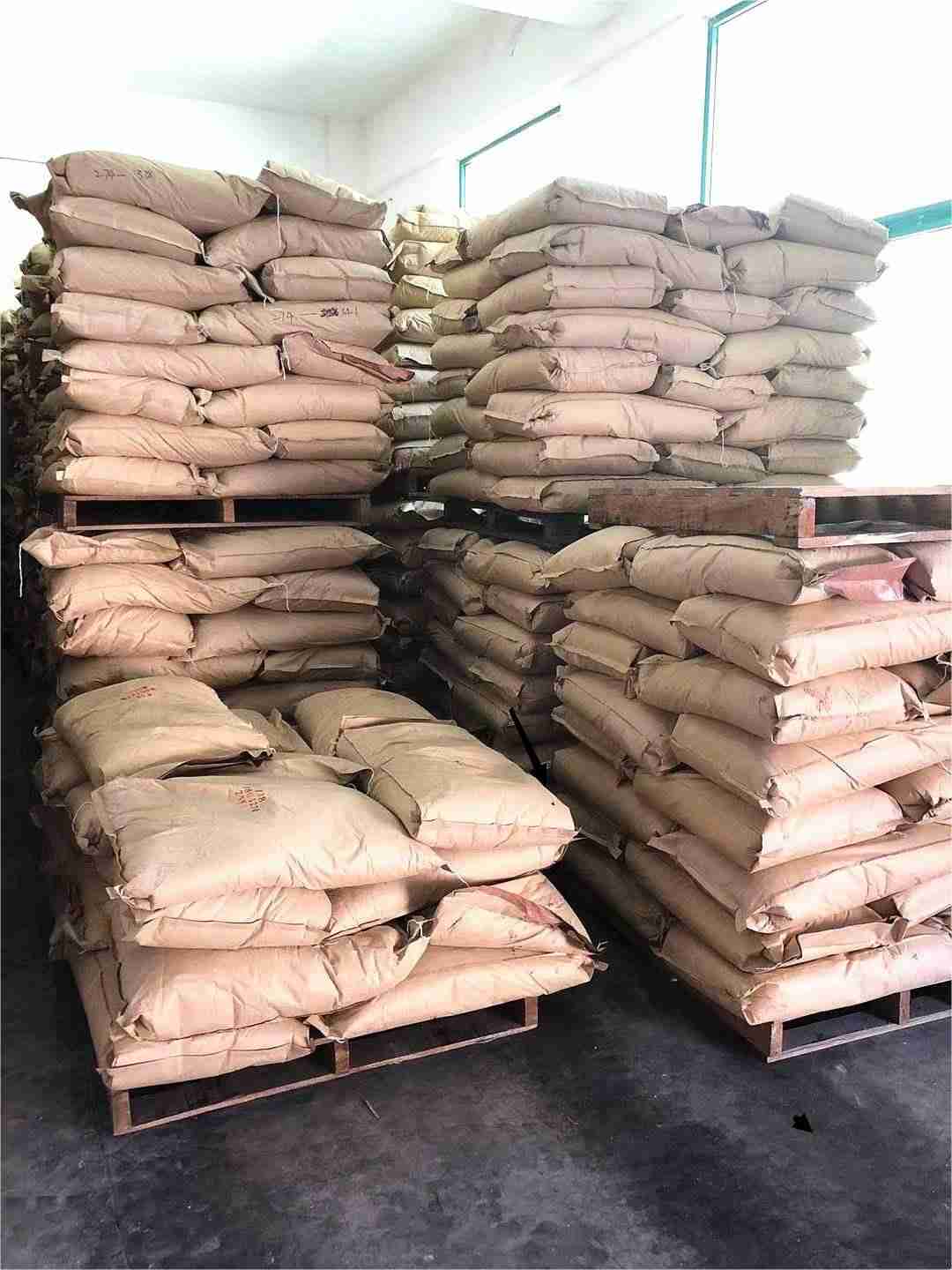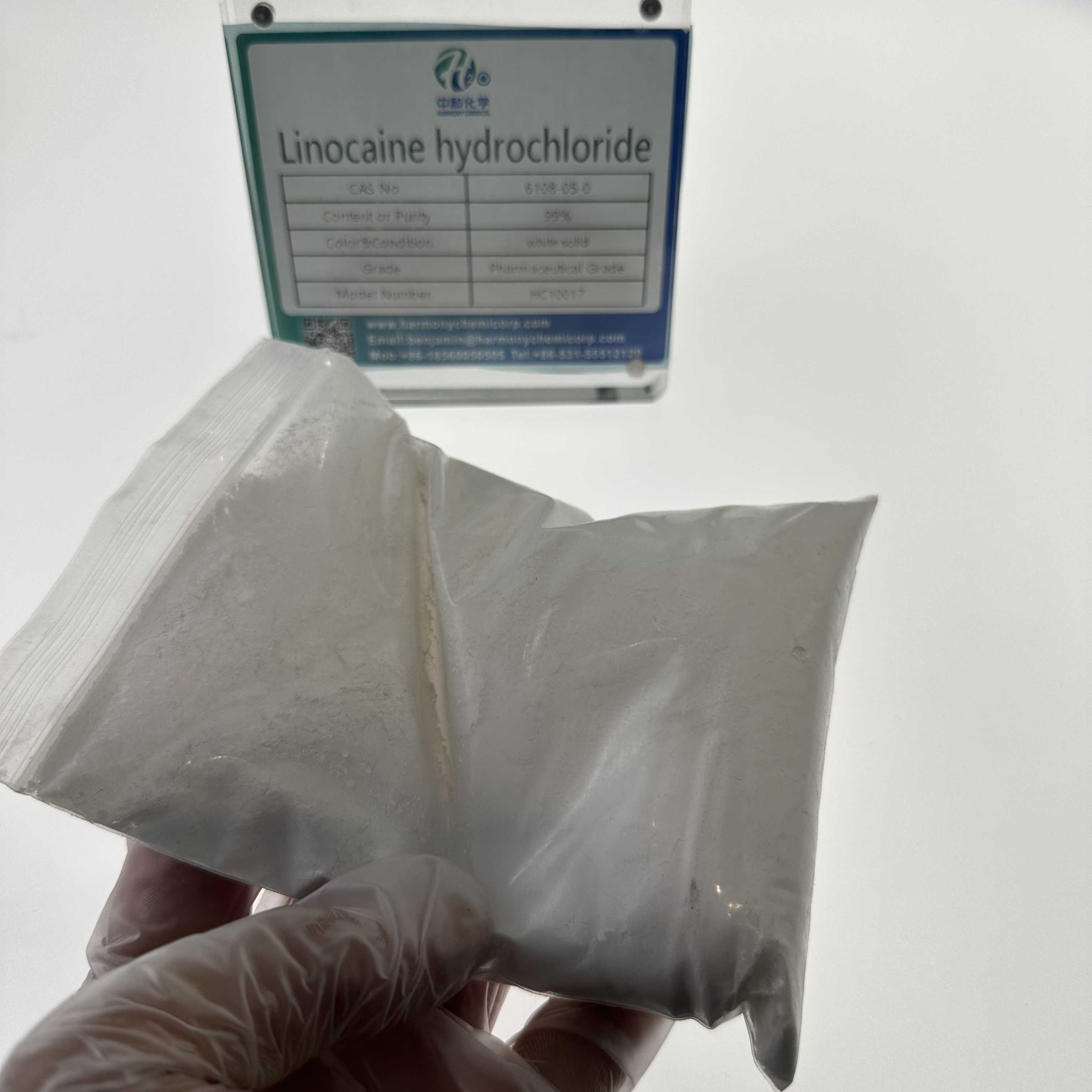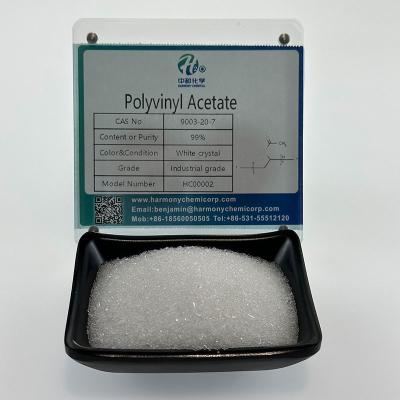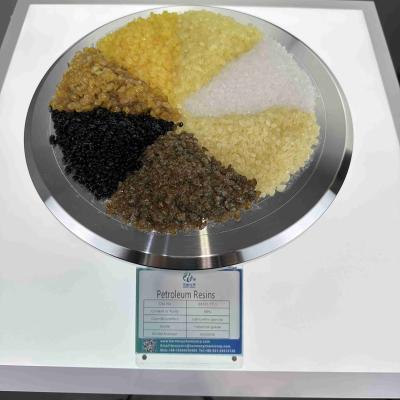Linocaine hydrochloride
Lidocaine hydrochloride has the traits of sturdy penetrability, robust dispersion and rapid onset. Its anesthetic efficacy is twice that of Procaine, whilst its toxicity is 1. Anesthesia can take place 5 minutes after the drug is used, and the anesthesia lasts for 1 to 1.5 hours, 50% longer than Procaine. After absorption, it can inhibit the central anxious system, inhibit ventricular autonomy, shorten the refractory period, and can be used to manipulate ventricular tachycardia and deal with ventricular untimely beats, ventricular tachycardia, Ventricular fibrillation and different arrhythmia symptoms. It is nice for coronary heart disorder or arrhythmia prompted by means of Cardiac glycoside, however no longer for supraventricular tachycardia. This product has quick action, brief duration, and is ineffective when taken orally. It is frequently administered intravenously.
| name | Linocaine hydrochloride |
| CAS NO | 6108-05-0 |
| Molecular formula | C14H25ClN2O2 |
| molecular weight | 288.82 |
| melting point | 75-79℃ |
| Storage conditions | 2-8°C |
| solubility | H2O: soluble |
| form | solid |
| colour | white |
| SOLUBLE | Soluble in water (50 mg/ml), chloroform, ethanol, and benzene. Insoluble in diethyl ether. |
